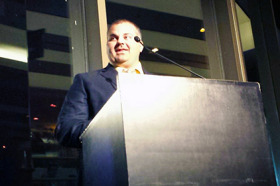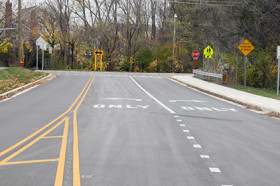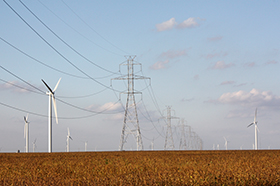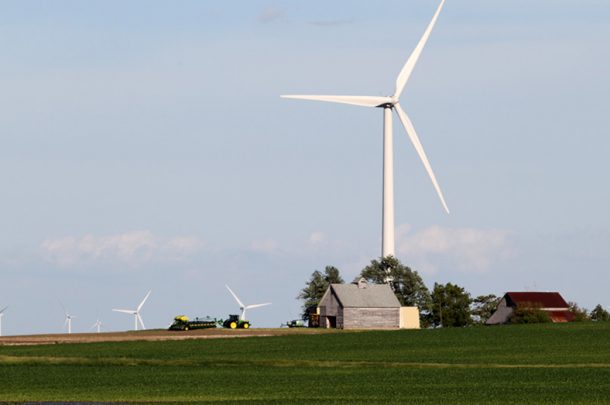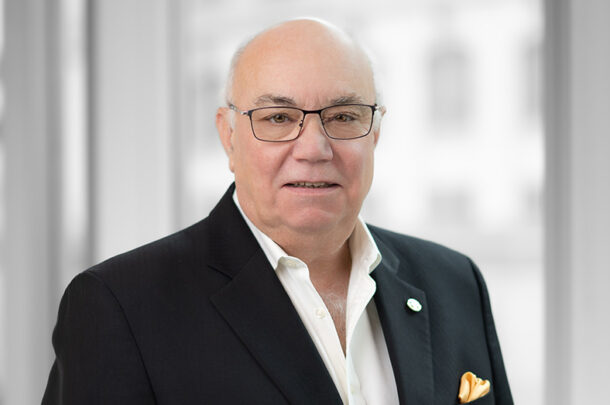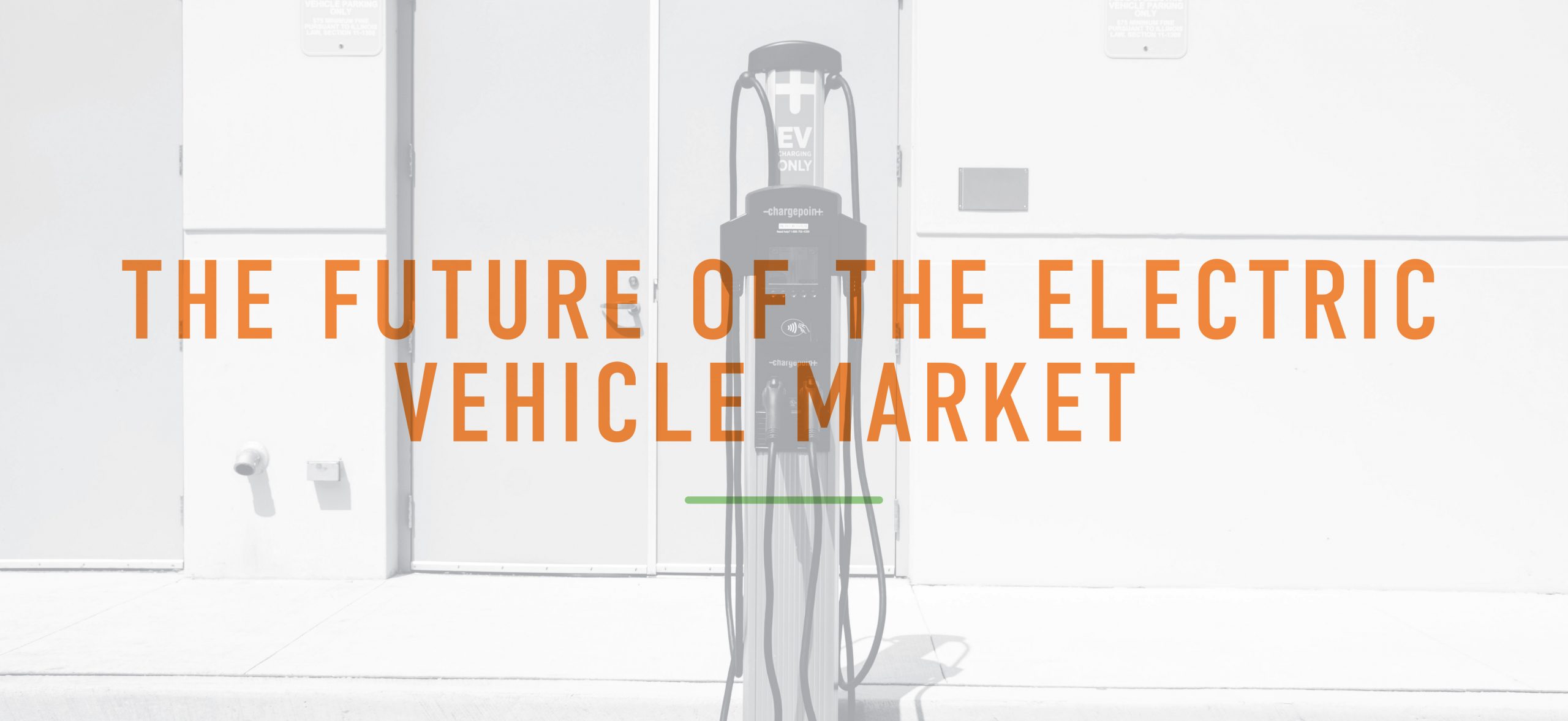
Once lacking practicality in areas like speed, battery life, and cost, electric vehicle (EV) technology continues to improve as popularity and demand increase. The International Energy Agency (IEA) forecasts that by 2030, there will be 125 million electric vehicles (EVs) on the road.1 According to the New York Times, “if every American switched over to an electric passenger vehicle, the United States could end up using roughly 25 percent more electricity than it does today.”2 While that may take some time, the increased demand for power introduces a challenge for electric utilities. It will require changes to generation, transmission, and distribution networks. What does this mean to engineering firms like Primera? It means there is going to be a considerable demand for expertise in the renewables market.
This has introduced an exciting opportunity for Primera. How do we leverage a long history with sustainable and renewable technologies in support of public and private clients in the expansion of EV infrastructure? It is more than the installation of the physical chargers; expansion of the technology requires experience in battery energy storage solutions (BESS), photovoltaic/solar systems, transmission, distribution, and even civil and structural engineering to support changes to the site. We feel Primera is positioned well to offer comprehensive solutions to clients looking to address the increasing demand for charging stations across the United States.
To keep up with the growing demand for electric vehicles, utility companies across the Country are already investing in electric vehicle infrastructure and working to address demands. Utilities like Massachusetts-based Eversource1 is spending $45 million over the course of five years to install over 400 charging stations. Southern California Edison (SCE) established a formal EV program known as Charge Ready to increase the availability for EV chargers. The $760-million investment will add 48,000 chargers to their network. The efforts go beyond the installation of chargers for customers. Many utilities are converting their own fleets to electric vehicles at the same time. Illinois-based Exelon is taking major steps to electrify 30% of their fleet by 2025 and 50% by 20303 across its operating companies in Illinois and the Mid-Atlantic.
The investments extend to the U.S. government as well. President Biden has promised $400 billion in clean energy investments including battery technologies and electric vehicles. Part of the plan includes government spending to support electric vehicles, with 500,000 new vehicle charging outlets by 2030.4
Primera has taken some major steps to support the increasing need by achieving the following:
- Assisting an electric utility partner with a phase one feasibility study on the electrical infrastructure at some of their facilities, along with Level 2 Chargers installations;
- Becoming a certified ChargePoint installer to help us in the design and commissioning of the EV equipment;
- Establishing an internal team dedicated to EV market projects and proposals; and
- Working with Hitachi ABB to learn more about their Grid-eMotion program for electrifying large fleets of trucks.
America is well positioned to be a leader in the EV market with companies such as Tesla, Rivian, Bollinger Motors, and Faraday Future leading the charge (pun intended). As long-time fans of sustainable and renewable practices, we’re excited to not only see how things evolve over the next few years, but also have a hand in shaping those changes.
REFERENCES
- https://news.energysage.com/demand-for-electric-cars-and-utility-response/
- https://www.nytimes.com/2021/01/29/climate/gm-electric-cars-power-grid.html3 https://www.exeloncorp.com/newsroom/exelon-taking-major-steps-to-electrify-30-percent-of-utility-vehicle-fleet-by-2025
- https://www.cnbc.com/2021/01/25/5-ways-biden-can-help-tesla-gm-and-others-increase-ev-sales.html
- https://rennacs.com/electric-car-popularity/





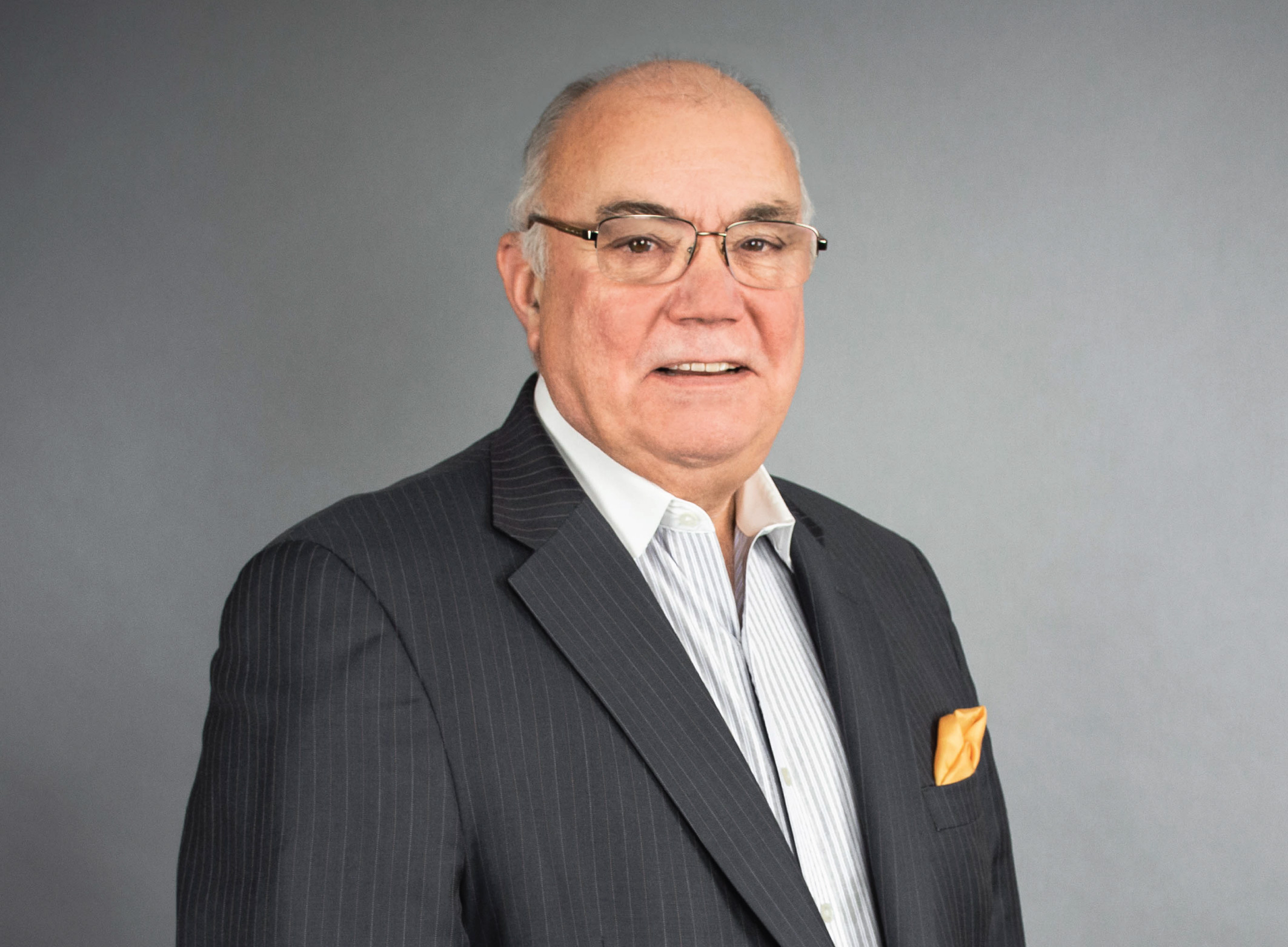
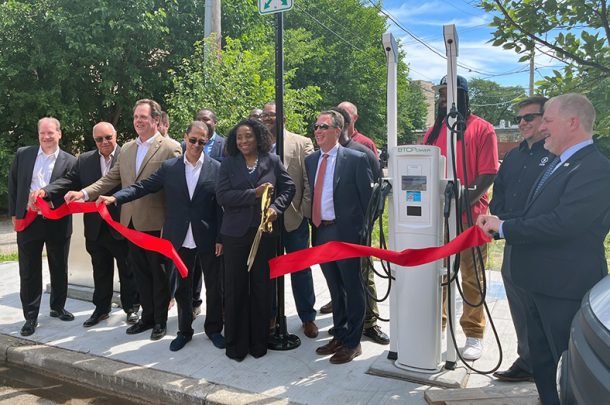
 ComEd Opens First Public Use EV Charging Station
ComEd Opens First Public Use EV Charging Station 
